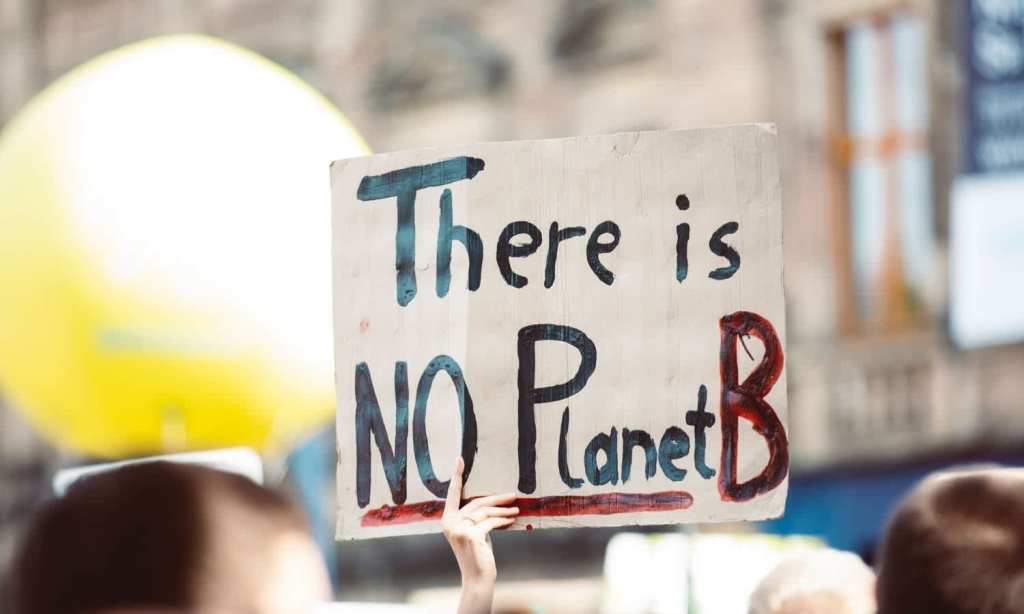Although we know climate change to be an inevitably growing problem, caused by many of the frameworks that capitalism relies on, there hasn’t been much forward action here in Australia.
Australian ministers know that of the 2.5 million tonnes of plastic waste produced in Australia, 84% of it is being sent to landfill and 130,000 tonnes of plastic waste leaks into our environment every year, however, they haven’t seemed to get anywhere in terms of implementing change.
Sure we’ve heard about the need to become carbon neutral and the possibility of phasing out single-use plastics, but it feels nothing has been implemented in a meaningful way, at least not at the speed necessary.
Thankfully, an official report, issued by the International Energy Agency, has laid out a roadmap for countries to achieve net-zero carbon dioxide emissions by 2050. It warns governments that they must act fast to slow climate change, and that they must start now.
The International Energy Agency (IEA) is an intergovernmental organisation based in Paris that advises its members, who are all signatories of the Paris Agreement, on how to manage their energy supplies. The energy sector is responsible for around three-quarters of global greenhouse emissions, according to the IEA.
The report, titled Net Zero by 2050: a Roadmap for the Global Energy Sector, states that current climate pledges made by governments “fall well short” of what is required to achieve net-zero carbon dioxide emissions by 2050. In order to reach net-zero, all countries can’t add any more carbon dioxide to the atmosphere than they take out.
Careful research suggestions found in the report map out over 400 milestones that need to be hit to meet the target, including banning the sale of new fossil-fuel run vehicles, rapidly upscaling on renewable energy alternatives and immediately ceasing investments in new fossil fuel supplies.
“Our Roadmap shows the priority actions that are needed today to ensure the opportunity of net-zero emissions by 2050 – narrow but still achievable – is not lost,” said IEA executive director Fatih Birol.
“The scale and speed of the efforts demanded by this critical and formidable goal – our best chance of tackling climate change and limiting global warming to 1.5 degrees celsius – make this perhaps the greatest challenge humankind has ever faced.”
According to the Intergovernmental Panel on Climate Change (IPCC), human-induced global warming beyond 1.5 degrees celsius above pre-industrial levels, can result in extreme weather and maybe even natural disasters, starting with extreme rain, drought and damage to ecosystems.
The report from the IEA basically lays out a timeline of actions for governments to take, to avoid these natural disasters from occurring.
The report states that starting today, countries must halt investment in fossil fuel supply projects and coal power plants that don’t use carbon capture and storage (CCS) technology, which prevents waste carbon dioxide from entering the atmosphere.
This means that no new boilers that use fossil fuels, such as gas, can be sold after 2025. By 2030, solar and wind power will be increased, covering the majority of Earth’s energy and power.
“The pathway calls for annual additions of solar photovoltaic to reach 630 gigawatts by 2030 and those of wind power to reach 390 gigawatts,” the IEA report said. “For solar photovoltaic, it is equivalent to installing the world’s current largest solar park roughly every day.”
The report also states that vehicles that use internal combustion engines need to be banned by 2035. Governments must fund research and development into new technologies – such as better batteries for storing renewable energy and ways to store carbon from the air.
Basically, the report is screaming out for worldwide investment in clean energy, which they estimated would cost $4 trillion by 2030.
Many of the technologies needed to achieve net-zero by 2050 are yet to be invented, but with how science and technology are progressing, especially in the world of sustainability, renewable energy and electricity, it’s not an outrageous expectation.
Countries that have made legally binding pledges to be net-zero on carbon emissions by 2050 include Sweden, the UK, France, Denmark, New Zealand, Hungary, Japan and Korea. Come on, Australia.
Our neighbours in New Zealand are much further ahead with their sustainable thinking, already introducing a law that forces its financial firms to report on the effects of climate change, following a claim that they’re aiming to be a carbon-neutral country by 2050.
Additionally, a host of companies have pledged to go net-zero sooner than 2050. Technology company Apple promised to go net-zero by 2030, while Microsoft announced it will net-zero by 2030 and aims to have removed more carbon from the atmosphere than it has ever emitted by 2050.
This report is a great stepping stone into the way we’ll need to think as a collective in the future. Given the beautiful world around us, it’s easy to forget that we’re living in an era of climate crisis. We really need to step it up before it’s too late, and the change needs to occur through our government and legal systems to properly infiltrate into society.
Read more stories from The Latch and subscribe to our email newsletter.







